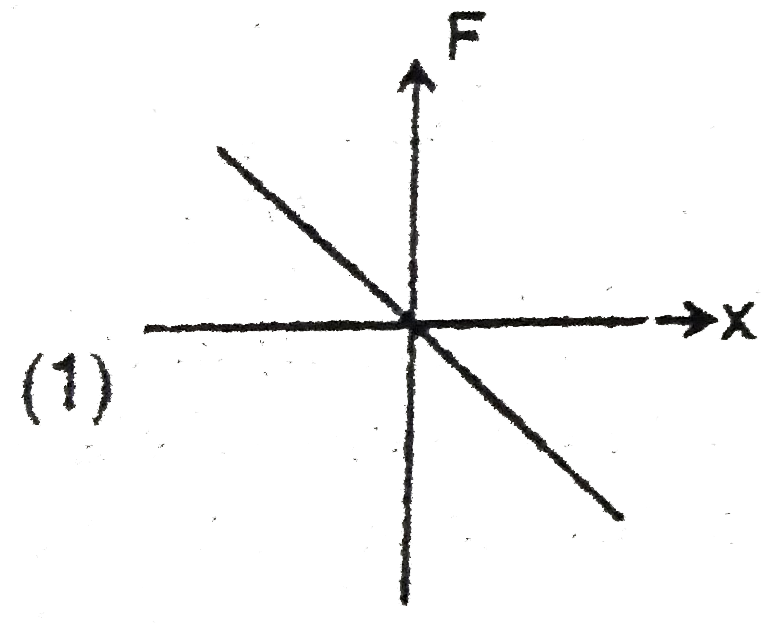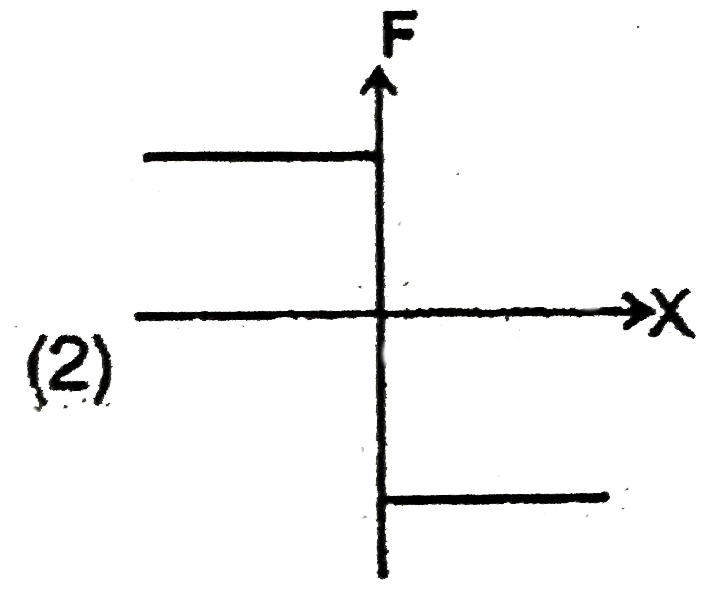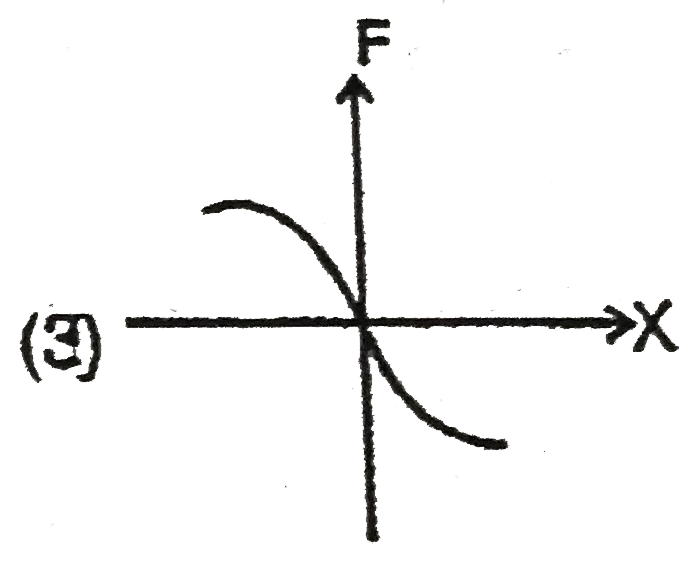Define oscillatory motion.
Step-by-Step Solution:
1. Definition of Oscillatory Motion:
- Oscillatory motion refers to the movement of an object that repeatedly moves back and forth around a fixed point or position.
2. Characteristics of Oscillatory Motion:
- The motion is characterized by a to-and-fro movement, meaning the object moves in one direction, then reverses to move in the opposite direction.
3. Fixed Position:
- In oscillatory motion, there is a defined central or equilibrium position around which the motion occurs. This position remains constant.
4. Time Period:
- While oscillatory motion often has a regular time period (the time taken to complete one full cycle of motion), it is not a strict requirement for the motion to be classified as oscillatory.
5. Examples of Oscillatory Motion:
- Common examples include:
- A pendulum swinging back and forth.
- A swing moving forward and backward.
- Vibrations of a guitar string.
6. Conclusion:
- In summary, oscillatory motion is defined as the to-and-fro movement of an object about a fixed point, and it can occur with or without a regular time period.
---
- Oscillatory motion refers to the movement of an object that repeatedly moves back and forth around a fixed point or position.
- The motion is characterized by a to-and-fro movement, meaning the object moves in one direction, then reverses to move in the opposite direction.
- In oscillatory motion, there is a defined central or equilibrium position around which the motion occurs. This position remains constant.
- While oscillatory motion often has a regular time period (the time taken to complete one full cycle of motion), it is not a strict requirement for the motion to be classified as oscillatory.
- Common examples include:
- A pendulum swinging back and forth.
- A swing moving forward and backward.
- Vibrations of a guitar string.
- In summary, oscillatory motion is defined as the to-and-fro movement of an object about a fixed point, and it can occur with or without a regular time period.
Topper's Solved these Questions
- OSCILLATIONS BOOK - MODERN PUBLICATIONCHAPTER - OSCILLATIONS EXERCISE - Revision Exercises (Additional Question )
3 Videos
- OSCILLATIONS BOOK - MODERN PUBLICATIONCHAPTER - OSCILLATIONS EXERCISE - Revision Exercises (fill in the blanks)
9 Videos
- OSCILLATIONS BOOK - MODERN PUBLICATIONCHAPTER - OSCILLATIONS EXERCISE - HOTS (Higher Order Thinking Skills & Advanced Level)
11 Videos
- MOTION IN A STRAIGHT LINE BOOK - MODERN PUBLICATIONCHAPTER - MOTION IN A STRAIGHT LINE EXERCISE - CHAPTER PRACTICE TEST
16 Videos
- PHYSICAL WORLD BOOK - MODERN PUBLICATIONCHAPTER - PHYSICAL WORLD EXERCISE - Revision exercises (Long answer questions)
6 Videos
Similar Questions
Knowledge Check
Which of the following Statement(s) is/are correct?
I. x(f)=Asinωt is periodic but cannot represent an oscillatory motion.
II. sin 6 is a sinusoidal periodic function.AI Is trueBII Is trueCBoth are trueDNone of the aboveWhen the net force F acting on the particle varies as its position along x-axis shown in the figure, which of the following cannot be oscillatory motion. (where x is the position of the particle)
A B
B C
C D
D
Which one of the following is an oscillatory motion.
AVibration of a string on a guitar.BEarth spinning about its own axisCEarth rotating around the sun.DParticle moving in a circle with uniform speed
The motion of a simple pendulum is an example of oscillatory motion. ?
View SolutionWhat is Oscillatory motion?
View SolutionAssertion : All oscillatory motions are necessarily periodic motion but all periodic motion are not oscillatory.
Reason : Simple pendulum is an example of oscillatory motion.
View SolutionThe cause of damping in an oscillatory motion is
View SolutionSelect the correct statements.
(i) A simple harmonic motion is necessarily periodic
(ii) A simple harmonic motion is necessarily oscillatory
(iii) An oscillatory motion is necessarily periodic
(iv) A periodic motion is necessarily oscillatory
View Solution
